Toyota Corolla (2000-2023) firing order — diagram & guide
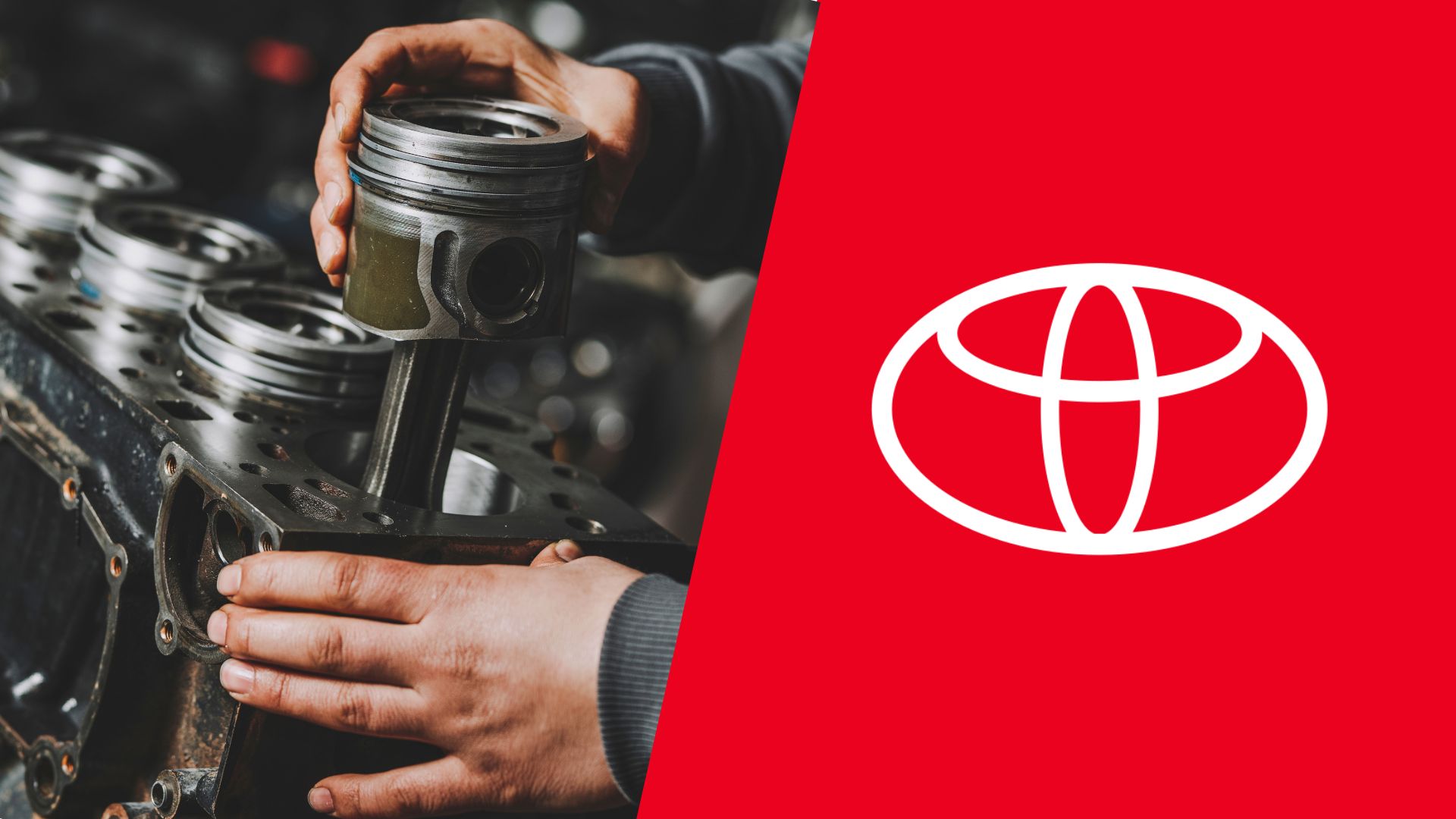
Ever since the 1960s, the Corolla has been considered the most reliable compact car model on the market. It’s been through a dozen of generations so far and the models from the year 2000 onward have some pretty remarkable engines.
Checking the Toyota Corolla (2000-2023) firing order can be a great help when tending to misfires and similar engine issues, and we’ll tell you exactly what you need to know. We’ll go through each engine that appeared from the ninth generation of the Corolla and make our way to recent models.
| COROLLA YEARS | ENGINE | FIRING ORDER |
|---|---|---|
| 9th Gen (2000-2005) | 1.6L | 1-3-4-2 |
| 1.8L | 1-3-4-2 | |
| 2.0L D-4D | 1-3-4-2 | |
| 10th Gen (2006-2011) | 1.6L | 1-3-4-2 |
| 1.8L | 1-3-4-2 | |
| 2.0L | 1-3-4-2 | |
| 2.4L | 1-3-4-2 | |
| 11th Gen (2012-2017) | 1.3L | 1-2-3 |
| 1.5L Hybrid | 1-2-3 | |
| 1.8L | 1-3-4-2 | |
| 12th Gen (2018-2023) | 1.5L | 1-2-3 |
| 1.8L | 1-3-4-2 | |
| 2.0L | 1-3-4-2 |
Ninth-generation Toyota Corolla (2000-2005) firing order
For the ninth-gen Corolla model, Toyota offered several four-cylinder engines including a diesel option. Among these, the 1.6-liter engine is the most recognizable one for its reliability and longevity, but the other options proved to be pretty good, including the D-4D diesel.
Toyota Corolla 1.6L firing order
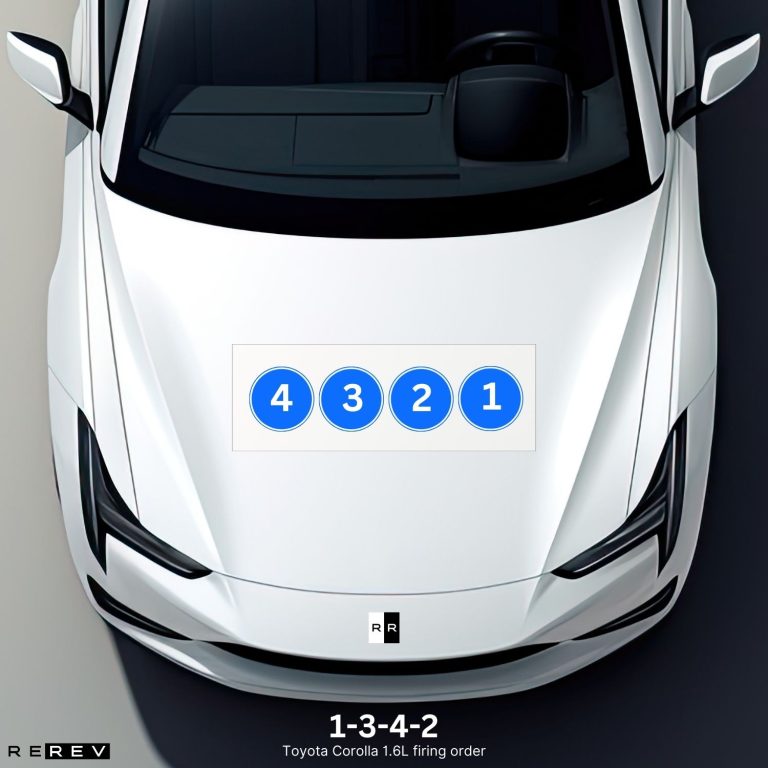
The 1.6-liter Corolla engine is widely recognized as one of the most reliable options and there have been several different versions of this engine over the years, These include the 1ZR-FE and the 1ZR-FAE engines and the good thing is – regardless of the engine variant, the firing order is always the same
So, the Toyota Corolla 1.6L firing order is 1-3-4-2 and the specific thing about this engine is that the cylinders are arranged from 1 to 4 looking from right to left. It’s the opposite of what most other four-cylinder Toyota engines use as a cylinder arrangement when the first cylinder is on the left side.
Toyota Corolla 1.8L firing order
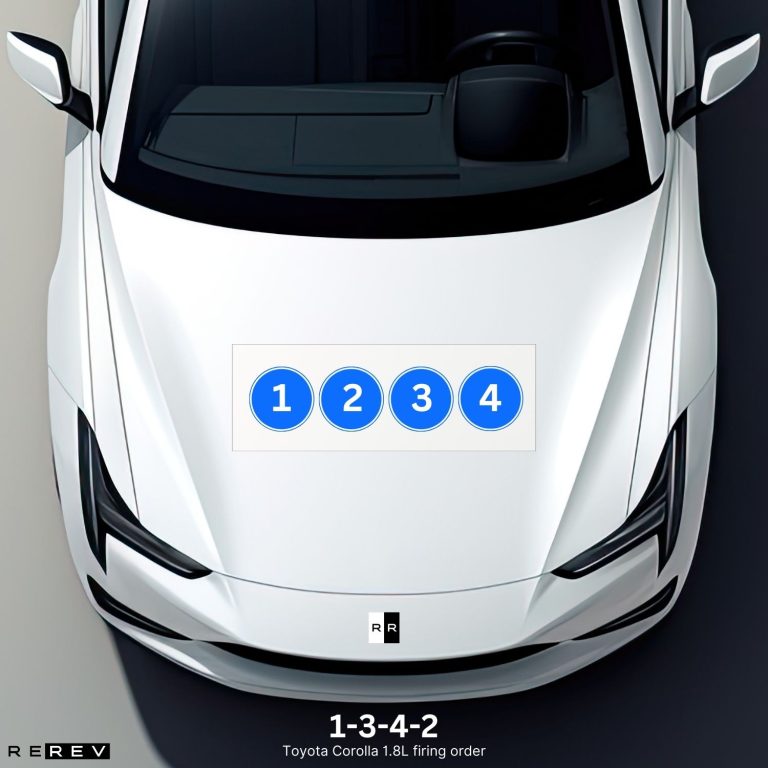
The next engine we have to discuss is the 2ZZ engine which is a 1.8-liter four-cylinder. It’s pretty similar to the 1.6L engine since the Toyota Corolla 1.8L firing order is 1-3-4-2 as well.
However, the cylinder layout is completely different in this case, just as we’ve discussed. So, this is one of the engines where the first cylinder is on the left side, and all the other cylinders follow up from 1 to 4 toward the right side.
Toyota 2.0L D-4D firing order
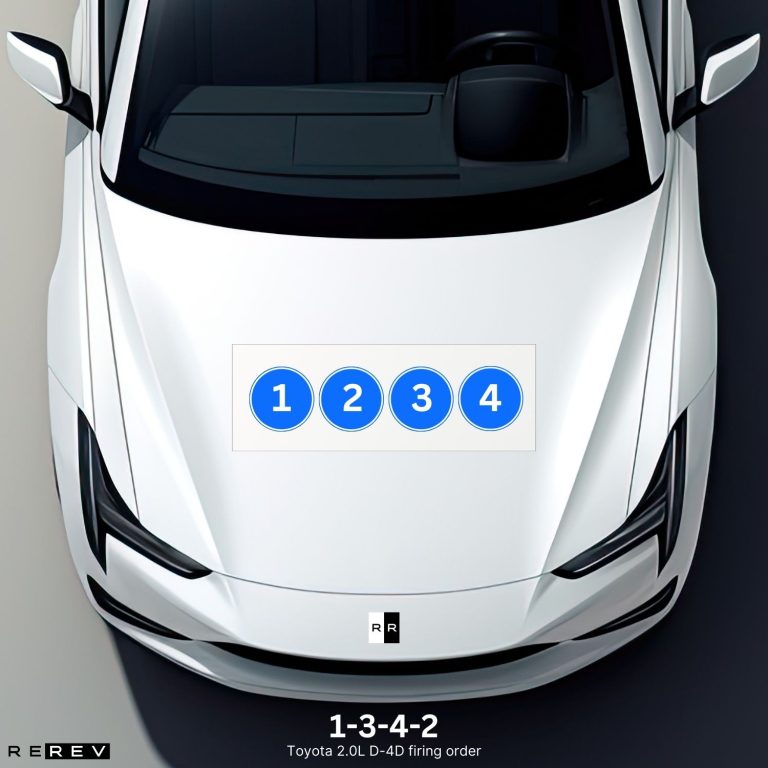
Finally, we have the only diesel-powered option that owners of the ninth-gen Corolla could have picked back in the day. It’s the 2.0-liter D-4D engine, and the firing order for this one is once again 1-3-4-2. It’s a common firing order for all the four-cylinder Toyota engines, so it shouldn’t be a surprise.
However, the diesel engine is pretty different from petrol ones as it doesn’t use spark plugs so you would use the firing order for different purposes in this case. It comes in especially handy in the colder weather when the diesel engine could have some stalling issues, and the cylinders are still ordered 1 to 4 from left to right.
Tenth-generation Toyota Corolla (2006-2011) firing order
In the tenth-gen Corolla, Toyota decided to keep a few earlier engine options like the 1.6L and the 1.8L engine. However, there were newly added options as well, such as the 2.0-liter one and the 2.4-liter engine, so let’s take a look at their firing orders:
Toyota Corolla 2.0L firing order
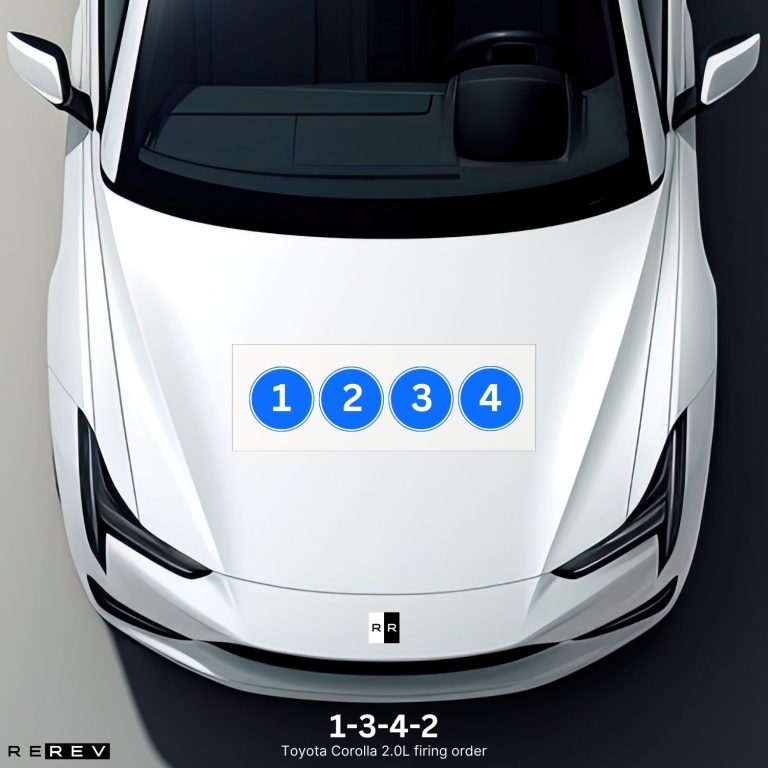
For this generation, Corolla also added a 2.0-liter petrol engine and this one is pretty similar to the diesel one. This time it has spark plugs and ignition coils powered by the distributor, so there’s more room to work with the firing order when compared with the diesel one.
The Toyota Corolla 2.0L firing order is 1-3-4-2 and the cylinders are also ordered from 1 to 4 moving from the left side of the engine to the right-most side.
Toyota Corolla 2.4L firing order
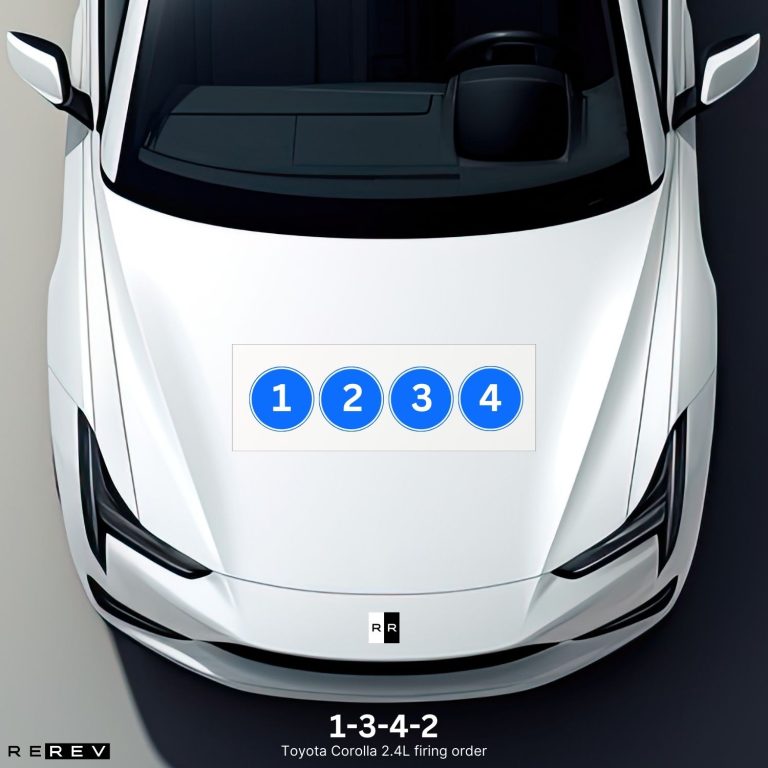
The 2.4-liter engine is like a larger-capacity version of the 2.0-liter engine, and the Toyota Corolla 2.4L firing order is 1-3-4-2. The engine also features the same cylinder layout – cylinder number one is at the left side of the engine, and cylinders 2, 3, and 4 follow up toward the right side.
Eleventh-generation Toyota Corolla (2012-2017) firing order
The generation that brought the most changes in the Corolla lineup of engines is the eleventh generation. This time, drivers could only choose a 1.8-liter engine among four-cylinder options and there were two new three-cylinder powertrains that we’ll discuss.
Toyota Corolla 1.3L firing order
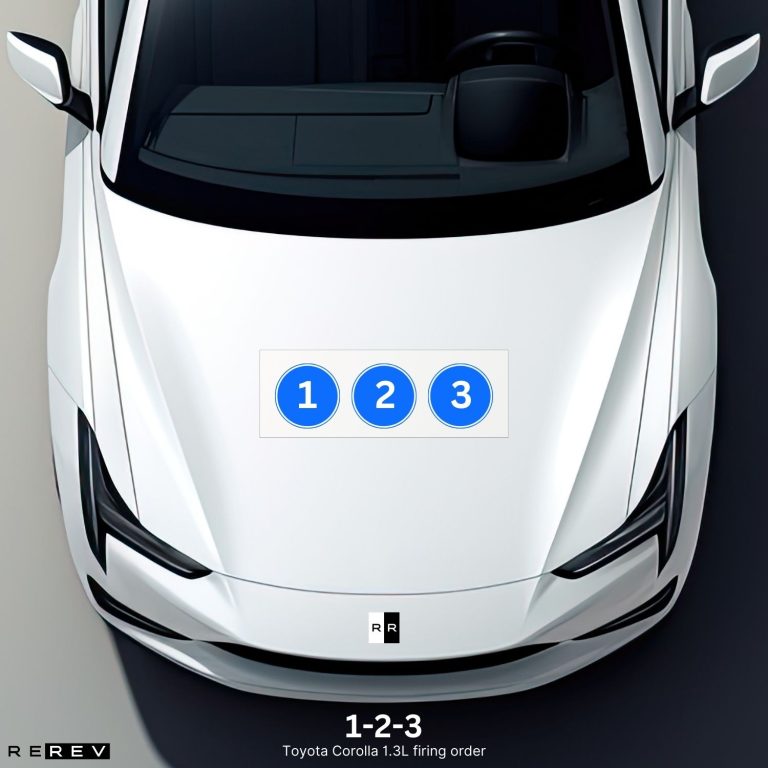
As the first out of the two three-cylinder engines, the Toyota Corolla 1.3L firing order is 1-2-3 and the cylinders are arranged pretty simply from 1 to 3 looking at it left to right.
The three-cylinder engine is a bit specific for maintenance since it’s a newly-developed engine but the good thing is that the firing order is so simple.
Toyota Corolla 1.5L hybrid firing order

Just as for the 1.3-liter engine, the Toyota Corolla 1.5L hybrid firing order is 1-2-3. The cylinders are spread from left to right, also in a straight sequence from 1 to 3.
So, you could say that these are the easiest engines to maintain in that sense, for as long as you are familiar with the firing stroke of a three-cylinder engine.
Twelfth-generation Toyota Corolla (2018-2023) firing order
The ongoing generation of the Corolla has some pretty remarkable engine options, but there are no newly added engines to the list. With that in mind, we won’t go over the firing orders of these as we’ve already discussed them for the previous generations.
Commonly found engines in this generation include the 1.5-liter three-cylinder, as well as the 1.8-liter and 2.0-liter four-cylinders that made their way back into the lineup.
Our take
The fact that some Corolla engines are capable of passing well above 200,000 miles is nothing new. However, it’s not that simple in terms of maintenance as you have to put some time and effort into it if you wish to deal with engine issues yourself and ensure it runs smoothly.
So, we hope that our guide was able to help you out on that path and that you’ve learned all you need to know to inspect the engine’s cylinders yourself.